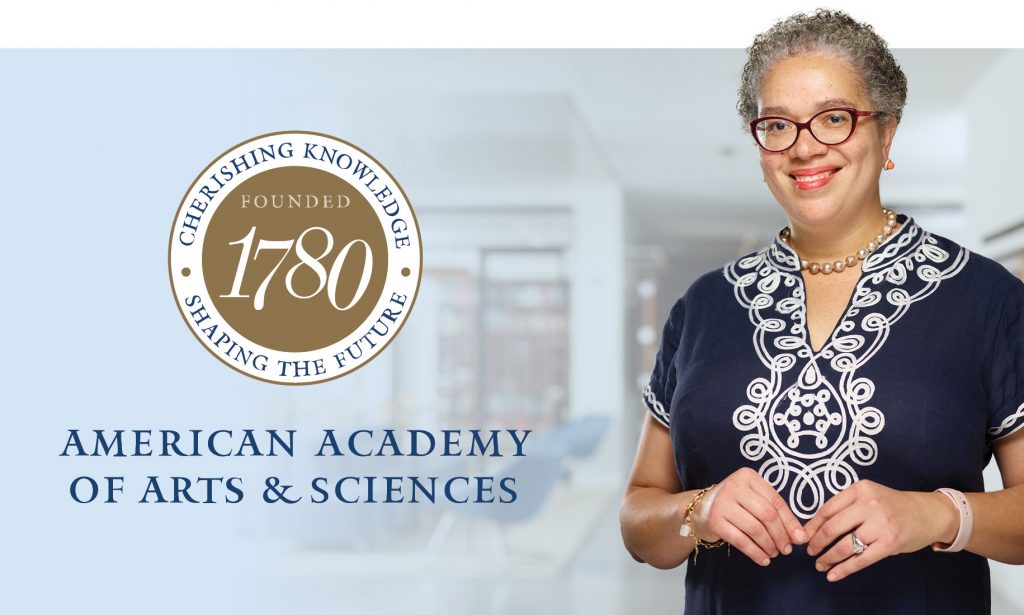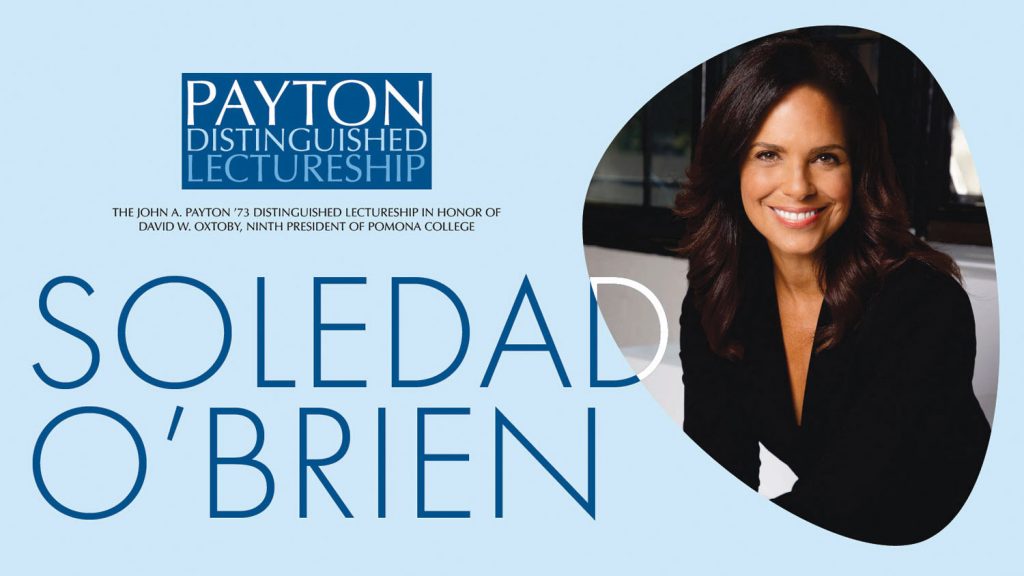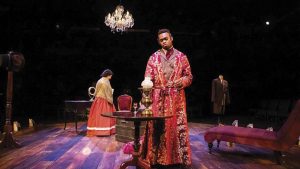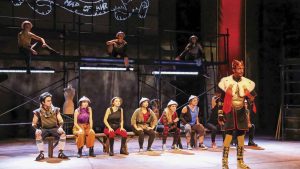 Inspired by Myrlie Evers-Williams ’68 and the gift of her archives to the College, Michael Mattis and Judy Hochberg have donated their collection of more than 1,600 press photographs documenting the civil rights movement to the Benton Museum of Art at Pomona College in her honor. The Mattis-Hochberg photos include scenes of resistance, acts of civil disobedience and images of civil rights leaders including Martin Luther King Jr., Cesar Chavez, James H. Meredith as well as photos of Evers-Williams.
Inspired by Myrlie Evers-Williams ’68 and the gift of her archives to the College, Michael Mattis and Judy Hochberg have donated their collection of more than 1,600 press photographs documenting the civil rights movement to the Benton Museum of Art at Pomona College in her honor. The Mattis-Hochberg photos include scenes of resistance, acts of civil disobedience and images of civil rights leaders including Martin Luther King Jr., Cesar Chavez, James H. Meredith as well as photos of Evers-Williams.
Culture
Civil Rights Press Photos at Benton Museum
Coming to a Theatre Near You
Rose Portillo ’75, a longtime theatre lecturer at Pomona, has been cast in the upcoming Disney+ film adaptation of Alexander and the Terrible, Horrible, No Good, Very Bad Day. The latest screen version of the popular children’s book has a twist on the original: Alexander’s last name is Garcia, and the film will star Eva Longoria and Jesse Garcia with 9-year-old Thom Nemer as Alexander. Portillo plays Alexander’s grandmother, Lidia Garcia. In another recent Hollywood role, Portillo voiced the part of Señora Guzmán in Encanto, the 2022 Academy Award winner for best animated feature.
Please Don’t Kiss the Art
Urban Light, the very Instagrammable installation of 202 historic streetlamps created by the late artist Chris Burden ’69 at the Los Angeles County Museum of Art, gets a lot of love. Maybe a little too much love.
The 2008 sculpture needs a paint job and is one of 23 works selected by the Bank of America Art Conservation Project for grants “for the preservation and conservation of the world’s cultural treasures” in 2023.
“Conservators will apply protective paint layers that have been extensively tested on all the streetlamps, ensuring that substances such as lipstick, permanent marker and dye can be easily cleaned from their surfaces,” the bank announced. Other works selected for preservation grants included 15th-century Armenian manuscripts, Andy Warhol’s Oxidation series and two paintings by Paul Cézanne.
President G. Gabrielle Starr Joins Academy of Arts and Sciences

There was a distinct Pomona College presence at the induction ceremonies of the American Academy of Arts and Sciences in September, as College President G. Gabrielle Starr formally joined the distinguished academy led by David Oxtoby, who preceded her as Pomona College president.
Starr, a national voice on access to college for students of all backgrounds as well as the future of higher education, was selected for her role in educational and academic leadership. Also a literary scholar and neuroscientist, she took office as the 10th president of Pomona College in 2017.
Elected to the academy in 2020, Starr was inducted in a ceremony in Cambridge, Massachusetts, along with influential artists, scientists, scholars, authors and institutional leaders from the classes of 2020 and 2021 after delays due to the pandemic. Others inducted included singer Joan C. Baez, former U.S. Attorney General Eric H. Holder Jr. and author Ann Patchett.
Other Sagehens entered the academy alongside Starr. Alumna Adela Yarbro Collins ’67, an internationally renowned and respected scholar of the New Testament, also was elected in 2020. She is the Buckingham Professor Emerita of New Testament Criticism and Interpretation at Yale Divinity School. Alumnus Thomas McDade ’91, elected to the academy in 2021, is a biological anthropologist specializing in human population biology and is the Carlos Montezuma Professor of Anthropology and Faculty Fellow at the Institute for Policy Research at Northwestern University.
New inductees signed the academy’s Book of Members, which already includes numerous Sagehens. Among them are scientists Jennifer Doudna ’85, Sarah Elgin ’67, J. Andrew McCammon ’69 and Tom Pollard ’64; author Louis Menand ’73, art historian Ingrid Rowland ’74, artist James Turrell ’65, journalist Joe Palca ’74 and developmental psychologist Henry Wellman ’70.
The academy is led by Oxtoby, inducted in 2012 and named president in 2018. He served as president of Pomona College from 2003 until 2017. Starr became the third Pomona College president to join the academy. The late David Alexander, Pomona’s president from 1969 to 1991, was inducted in 2006.
Chartered in 1780, the academy has counted Benjamin Franklin and Thomas Jefferson among its members, as well as 20th-century luminaries such as Margaret Mead and Martin Luther King Jr. The current membership includes more than 300 Nobel laureates, some 100 Pulitzer Prize winners and many of the world’s most celebrated artists and performers.
Band’s Name Is No Typooo
Last winter, a brewery near campus was looking for a band to play as an opening act. A group of Claremont Colleges musicians quickly pulled one together and gave the event’s organizers the band name “Tea Room” as a placeholder.
“They spelled ‘room’ with three o’s,” says saxophonist Dylan Yin ’23, one of several musicians from Pomona’s jazz ensemble invited by keyboardist Alex Arguelles PZ ’24 to join the impromptu group. “We looked at it, we looked at each other and we nodded.”
Tea Rooom became the official name, though the bandmates joke that they should add another extra o after every show. Each performance since has reflected the quirkiness and versatility of the band.

A 2022 Tea Rooom performance with saxophonist Dylan Yin ’23 at the mic. Photo by Lillian Visaya PZ ’24
“We’re not afraid to try songs we’ve never played before live, take audience recommendations or remix songs that already exist,” says drummer Jeremy Martin ’25, adding that the bandmates try to have a sense of humor in everything they do.
“We’re serious musicians who don’t take ourselves too seriously,” he says.
Trumpet player Nico Santamaria ’25 attributes their improvisational tendencies to the group’s jazz background. Vocalist Cece Malone PZ ’24 and guitarist Amya Bolden PZ ’24 appreciate that the spontaneous approach doesn’t focus on technicalities. It’s a constant learning experience, personalizing performances and interacting with each new audience.
“Music is all about expressing yourself and seeing if other people will relate to that emotion,” Arguelles says. “We can be whatever people need us to be. That’s quite lovely.”
A year later, the band is still playing gigs and has added guitarist Aden Cicourel ’26 as Bolden takes a more part-time role. Says Martin: “I wish I could give you a better idea of how many o’s we’re on, but I think we may have lost track!”
—Oluyemisi Bolonduro ’23
Sagecast, the podcast of Pomona College, is back.

Recorded in the studios of KSPC 88.7 FM, Pomona’s campus radio station, the fifth season offers a chance to listen in on vibrant intellectual conversations with Pomona College professors and hosts Patty Vest and Marilyn Thomsen. Featured faculty include Rosalia Romero (art history), Gary Kates (history), Ellie Anderson (philosophy), Pierangelo De Pace (economics) and Rose Portillo (theatre). Listen at pomona.edu/sagecast or look us up on the podcast sites of Apple, Google or Spotify.
Closing Time at Rhino Records
 Rhino Records, a Claremont Village staple since 1974, has closed its doors. That elicited a Twitter lament from Professor of Politics David Menefee-Libey (@DMenefeeLibey) and responses from Aditya Sood ’97 and Brian Arbour ’95.
Rhino Records, a Claremont Village staple since 1974, has closed its doors. That elicited a Twitter lament from Professor of Politics David Menefee-Libey (@DMenefeeLibey) and responses from Aditya Sood ’97 and Brian Arbour ’95.
But save your tears. A rent increase at the Yale Avenue location isn’t putting Rhino out of business, just out of walking distance: The store is moving to a new location in nearby Montclair.
Payton Lecturer: Soledad O’Brien
Award-winning broadcast journalist Soledad O’Brien gave the 2022 Payton Distinguished Lecture in April, explaining how maintaining an anti-bias perspective in journalism means acknowledging our own biases.
“You need other people, other diverse voices, to push for things because your own gut is often wrong.”
—Soledad O’Brien

Theatre Reimagined
No two productions of a play are ever quite the same—that’s one of the things that makes theatre a living art. Variations in direction, performance and design can give an old play a facelift, but now and then, there are reinterpretations so extreme that they give a play a whole new relevance and meaning. That was the case last fall for both of the major productions undertaken by Pomona’s Theatre Department—the musical Pippin and Lolita Chakrabarti’s Victorian play within a play, Red Velvet.

A scene from Pomona’s production of Red Velvet
Red Velvet is the true story of the American black actor Ira Aldridge who came to London in the 1800s and was cast to play the great Shakespearean role of Othello at a time when there were public riots in the streets over the abolition of slavery. Chakrabarti chose to portray Aldridge as a tragic figure in his own right, driven mad by rejection as the play comes to a close.
But director Kenshaka Ali and his students thought the playwright had it all wrong. So they turned the play on its head—subverting the text to transform the main character, in Ali’s words, “from one who was victimized and who died a maddened or demented, enraged old man to one who indeed was a victor instead.”

A scene from Pomona’s production of Pippin
In the case of Pippin, which debuted on Broadway in the 1970s, the work of Stephen Schwartz, Roger O. Hirson and choreographer Bob Fosse, the transformation was mostly visual and musical, using hip-hop and the Japanese animation style known as anime to give the play a more contemporary look and sound—and, according to guest director Tim Dang, one that is far more familiar to the students of Generation Z.
“I don’t even know if hip-hop and anime have ever been integrated,” says Dang. “There might be a couple of anime stories that do incorporate a hip-hop kind of culture. But it’s a very interesting mix because anime originally started in Japan and hip-hop originated in Brooklyn. We’re in this together and creating something that I think is very unique for Pomona College.”
Smart Summer Reads From 12 Pomona College Professors
These books written and edited by 11 Pomona College faculty members this year aren’t the lightest summer reads… but they could definitely land on the shortlist of the smartest.
Read the Smart Summer Reads From 12 Pomona College Professors story on the Pomona’s website.
